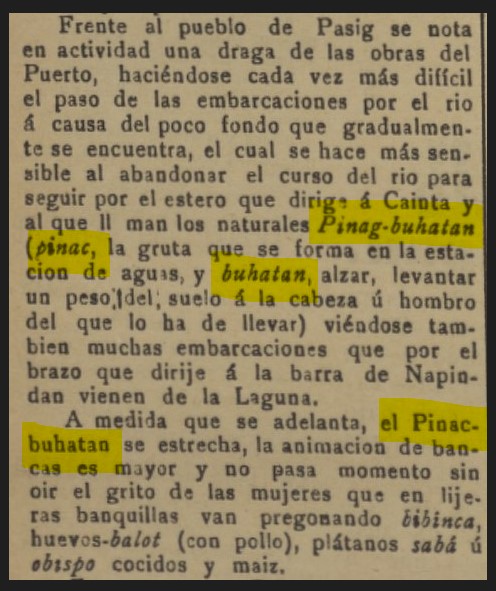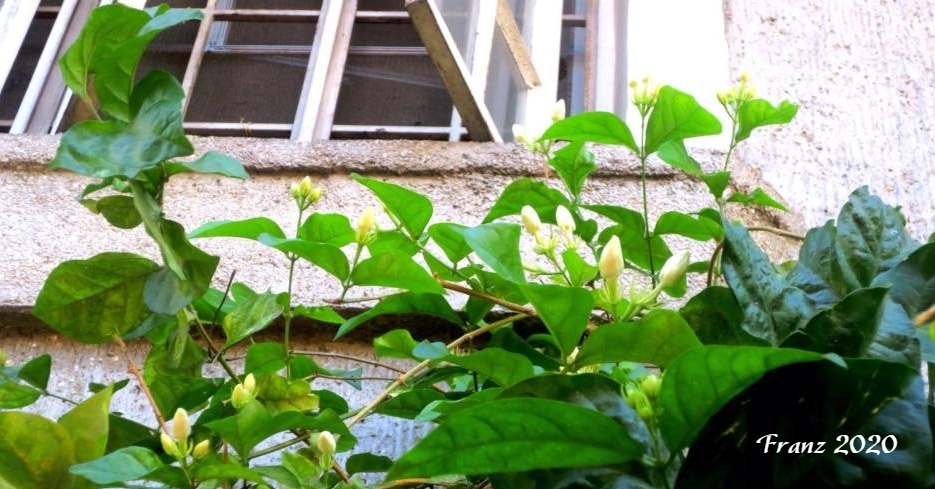Jose Rizal and the "Sturm und Drang"

"Sturm und Drang" was an 18th-century German literary and artistic movement, serving as the precursor to the broader Romantic Movement that emerged in 19th-century Europe. Rizal's early education introduced him to readings on Graeco-Roman literature, Spanish classics, and French authors like Dumas. However, once he arrived in Europe, his literary horizons expanded significantly. He referenced literary figures such as Heinrich Heine, Friedrich Schiller, and Johann Wolfgang von Goethe in his writings—authors associated with the German Sturm und Drang movement. In "Crisostomo Ibarra," Rizal created a character deeply rooted in the "Sturm und Drang" mold. Ibarra, a young and naive individual, possessed a belief in the power of reason and rationalism. He embarked on a mission to convey his ideas and ambitious plans to his homeland. Ibarra epitomized the mestizo figure, a product of the Age of Enlightenment and the sophisticated Asian response to liberal i...











